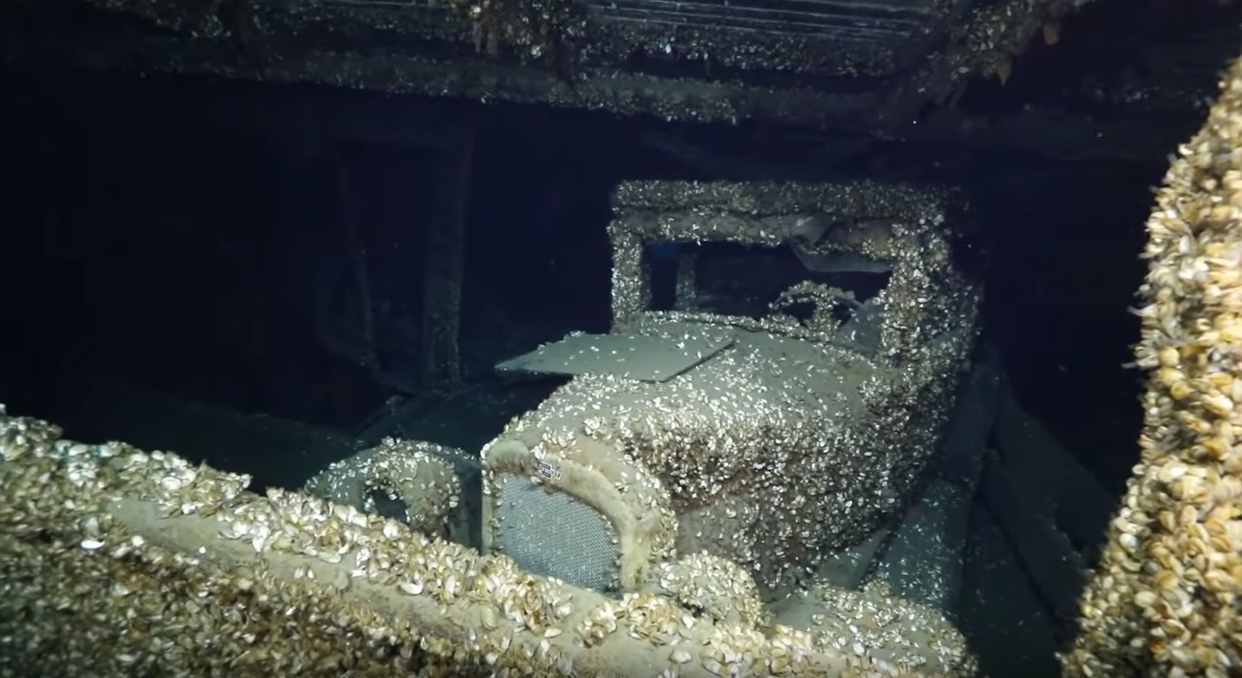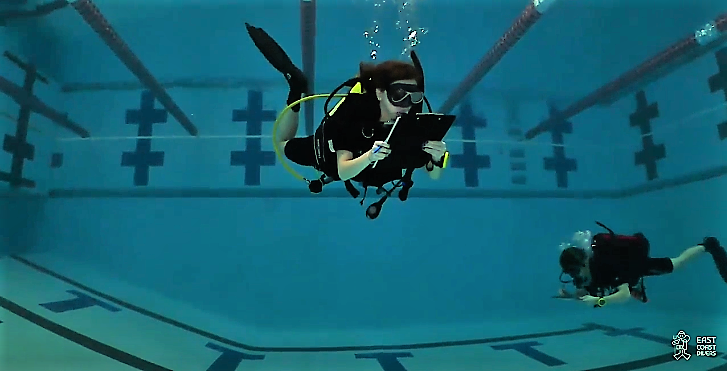Diving News: Is This the New Era of Wetsuits?

The recent news from MIT engineers suggest that we may soon be diving in “Beaversuits”! The team of researchers has developed a bio-inspired material that can be used to create warmer and more efficient wetsuits for surfers and divers.
After a trip to Taiwan, which included the visit to a wetsuit manufacturing factory, Anette (Peko) Hosoi, a professor of mechanical engineering at MIT, and her colleagues have decided to look for inspiration in nature and design a completely new model of more sustainable wetsuits. In particular, the researchers have found clues for how to keep divers warm while submerged yet quickly shed water on the surface in the behavior of beavers and sea otters. Unlike the large marine animals, such as walruses and whales, these small creatures don't have thick layers of blubber and rely only on their dense fur to stay warm. Researchers have found that the mimicking the coats of these semi-aquatic mammals may be the key to designing thinner, lighter wetsuits that keep the wearers warmer.
The team has started their work by creating a variety of different molds to test. Using the special software program, they were able to alter the size and space between individual hairs. After the molds were finished, they were filled with soft casting rubber. Created in this way hairy surfaces were then submerged in silicone oil, which allows observing the formation of air pockets more easily.
The experiments revealed that surfaces with denser fur that were submerged at higher speeds trapped a thicker layer of air within the hair. The team has come to the conclusion that the spacing between hair and the speed at which they enter the water determines how much air is retained. This means that the “Beaversuits” can potentially be more streamlined and lighter than the traditional wetsuits, which insulating capabilities depend on the thickness of the material.“
We have now quantified the design space and can say, ‘If you have this kind of hair density and length and are diving at these speeds, these designs will trap air, and these will not.’ Which is the information you need if you’re going to design a wetsuit. Of course, you could make a very hairy wetsuit that looks like Cookie Monster and it would probably trap air, but that's probably not the best way to go about it.” - Anette (Peko) Hosoi told MIT News.
What do you think about the idea of “Beaversuits”?
Source: MIT News




